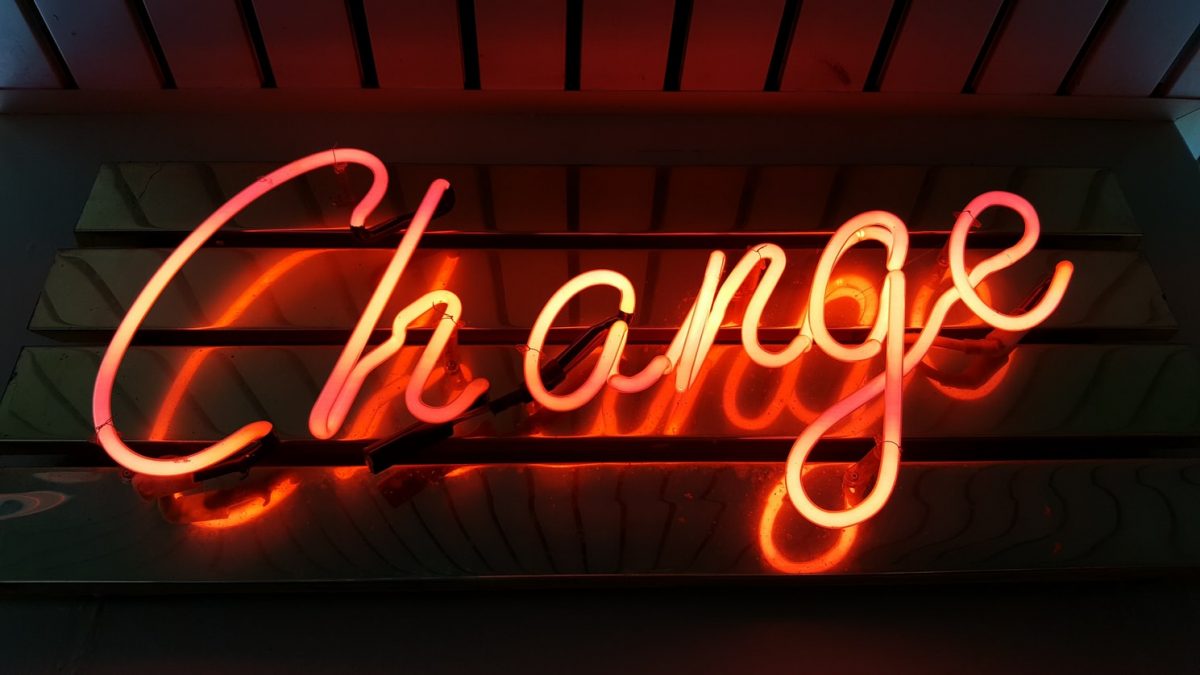The Future of Qual
2/20/20 / Molly Hagan


For years, qualitative market research has been dominated by focus groups and one-on-one interviews. Each methodology offers benefits. However, as timelines shrink and research objectives expand, it may be time to rethink our “go-to” qualitative methods. This blog will discuss the shortcomings of traditional methods and how refreshed methodological approaches can overcome these pitfalls.
Co-creation Activities
We all know the stereotype—a focus group room with a two-way mirror providing a thin veil between participants and researchers. It has long been argued that this barrier maximizes participants’ comfort and allows for authentic, unbiased, discussions. The two-hour focus group is typically designed as a question-answer format with activities peppered throughout to break up the monotony. Historically, activities ask participants to complete a task individually and then share their thoughts and responses with the group. This approach is especially effective when delving into emotions or personal reactions. However, researchers are increasingly designing focus group activities that are group-based and co-created.
At Corona, we have eagerly implemented co-creation activities for marketing campaign and message testing projects. In 2019, we were working with a local association developing messaging for a new nonprofit giving-based program called Refund What Matters. Participants were asked to get in groups of 2-3 and create a print advertisement for the program. More specifically, they were asked to come up with a visual for the print ad, a tagline, and a hashtag. The client observed as the participants worked together to create their advertisements. The advertisements revealed the inner thoughts and motivations for nonprofit giving and the discussion between participants while creating the advertisements provided insight into how Colorado residents may try and pitch this giving program to their family members, peers, and coworkers.
Dyads & Triads
Another shift we are seeing take hold in the research community is a divergence away from one-on-one in-depth interviews. One-on-one interviews allow a researcher to dive deep into individual experiences. This can be especially effective when conducting research on more sensitive topics or with minoritized populations. New research indicates that conducting dyad or triads—small interview groups of two or three participants—may result in equally rich data while also creating an environment where participants can interact with one another as they would in a traditional focus group.
Corona recently proposed conducting dyads with a niche population for a public health related project. The population is historically hard to reach for research and the topic carries some taboos, leading to concerns. Although it may seem counterintuitive, scheduling interviews in pairs alleviates some of the pressure on individual respondents to discuss their experiences with a stigmatized topic. Additionally, it can assist in overcoming some common scheduling challenges such as access to transportation, limited communication accessibility (i.e. phone or internet). Perhaps the most important benefit is the group dynamic that is achieved through a triad methodology. While each participant has ample time to share their experiences, deeper insights can be uncovered by the interactions between participants.
Towards the Future
These traditional approaches have solidified qualitative methods in the market research ecosystem. However, as behaviors and attitudes shift, it is time to refresh our go-to qualitative tools to ensure research objectives are achieved. Making small adjustments to focus groups and in-depth interviews such as incorporating co-creation activities and conducting dyad or triad in-depth interviews, also increases engagement among participants while simultaneously building stronger rapport between the researcher and participant.